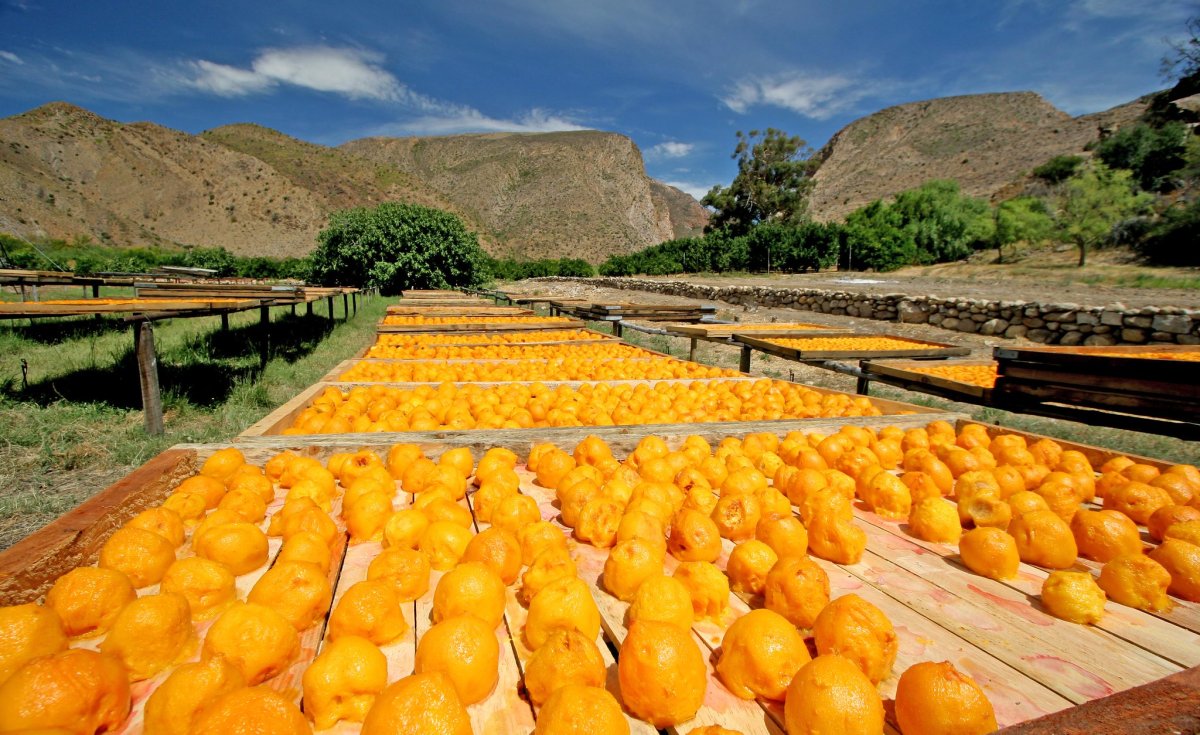Business
South Africa Eyes Asian Markets as US Tariffs Bite into Farm Exports

When the United States slapped hefty tariffs on South African farm products in August, many local producers felt the sharp sting immediately. Citrus, nuts, grapes, and wine, staples of the country’s agricultural pride, faced a sudden 30% duty, the highest of any sub-Saharan African nation. But instead of sitting back, Agriculture Minister John Steenhuisen is steering the industry toward new horizons and Asia is the focal point.
Turning East: New Markets for South African Produce
Steenhuisen’s message is clear: South African farm goods will find customers wherever they can. The recent breakthrough came with China, which now offers duty-free access for five types of South African fruit, though the minister didn’t specify which. Beyond China, countries like Russia, South Korea, the Philippines, Japan, and even Middle Eastern nations are on the radar as fresh outlets for local produce.
On social media, many South Africans welcomed this pragmatic approach. Some avocado farmers, in particular, voiced cautious optimism. “A 30% tariff is tough, but with the rand weak against the dollar, we can still compete if the US market stays open,” one farmer shared on Twitter, reflecting a blend of concern and resilience in the farming community.
The US Tariff Hurdle
The tariffs come as part of former President Donald Trump’s broader strategy to recalibrate America’s trade relationships. For South Africa, the timing is tough, agricultural exports represent a vital slice of the economy, and the 30% levies bite hard into competitiveness and profits.
Yet, Steenhuisen believes some producers will weather the storm. The key, he says, is diversity in markets and adaptability in trade strategy. “I would sell my products anywhere in the world, to whoever wants them,” he emphasized. “We have goods to sell, and our job is to look for customers.”
Europe’s Black Spot Challenge
Meanwhile, the citrus industry faces another barrier: stringent European Union health protocols aimed at controlling black spot disease. South African producers estimate that these measures cost the sector around R3.7 billion every season, a heavy toll on top of the US tariffs.
Steenhuisen is actively working to negotiate a bilateral agreement to ease these restrictions, calling it the “low-hanging fruit” of trade diplomacy. “If we can resolve the black spot issue with Europe, we could redirect a lot of citrus there,” he said, hinting at relief for a beleaguered sector.
A Broader Trade Realignment
South Africa’s pivot to Asian markets fits into a larger story about shifting global trade patterns. With Western markets imposing barriers, countries across Africa are increasingly eyeing fast-growing economies in Asia and the Middle East as vital partners. For South African farmers, this means building new relationships and navigating unfamiliar regulations, but it also offers hope for growth beyond traditional markets.
The tariffs have rattled South Africa’s farm sector, but the response shows a mix of grit and pragmatism. While challenges remain, particularly with Europe’s health protocols, the country’s agricultural exporters are doubling down on diversification and innovation. The road ahead might be bumpy, but the message from Pretoria is firm: South African produce will find its place on tables across the world, Asian markets included.
{Source: The Business Times}
Follow Joburg ETC on Facebook, Twitter , TikTok and Instagram
For more News in Johannesburg, visit joburgetc.com



























